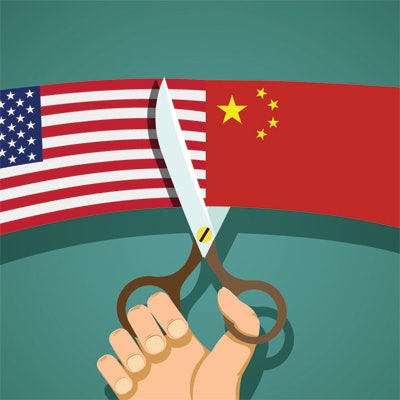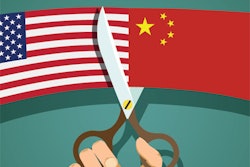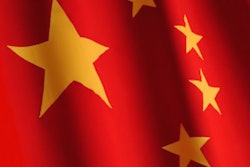
The U.S. slapped tariffs on a wide range of goods imported from China -- including medical imaging scanners -- on Friday, July 6, as the U.S. and China were unable to resolve their differences on trade policy. China has retaliated with tariffs of its own on U.S. products.
Both sides showed signs of digging in further as the tariffs went into effect. President Donald Trump on Friday announced that the U.S. could impose additional tariffs on more than $500 billion in Chinese imports, or roughly the total amount of Chinese imports annually into the U.S., according to an article from Reuters.
The imbroglio began in April, when the Trump administration announced that it would impose import duties of 25% on Chinese products to punish the country for what the administration said were unfair trade practices. Medical imaging scanners such as CT, MRI, and ultrasound systems were on a list of 1,300 products the administration said would be slapped with tariffs.
The proposal immediately aroused concern in the radiology industry, as many multinational OEMs have moved manufacturing operations to China in recent decades to take advantage of lower labor costs. Imaging vendors ship complete systems back to the U.S. for sale, or send subsystems made in China back to the U.S. for integration into finished products. Industry observers believe that low-end scanners could be most affected by the tariffs.
The two sides appeared to be making progress on resolving the tariff issue, until the Trump administration announced in May that it had resumed its plans to levy the 25% duty. Since then, the sides have traded salvos, with the U.S. focusing its import duties on high-tech equipment while China has targeted products like cars, soybeans, and lobsters -- many of which are produced in areas of the U.S. that voted for Trump.
The tariffs currently target products amounting to about $35 billion in value, an amount that would have a "marginal effect" on the overall economies of both nations. But things could change if that value rises to $500 billion, according to Reuters.
The Medical Imaging and Technology Alliance (MITA) estimated in late June that tariffs could cost the radiology industry billions of dollars, as well as restrict patient access to medical innovation and impede R&D. MITA asked that imaging technology be excluded from the final list of products being slapped with tariffs -- but to no avail.




















